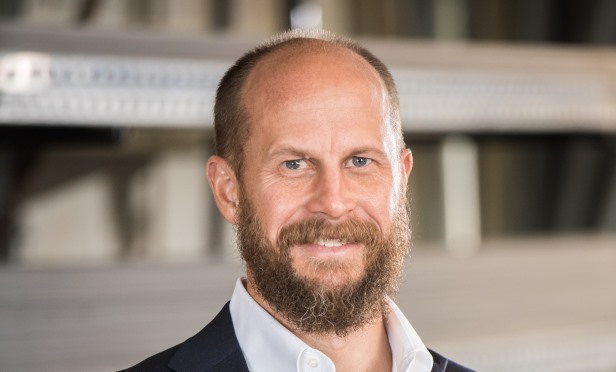 Biggart says electricity prices are going up in Dallas and Houston as Texas' population grows.
Biggart says electricity prices are going up in Dallas and Houston as Texas' population grows.
HOUSTON/DALLAS—Solar energy capacity is expected to double nationwide during the next five years, and Freedom Solar is already recording its fastest growth in large cities with deregulated electricity such as Dallas and Houston. Freedom Solar's Dallas market has grown from 17% of the company's overall revenue in 2018 to 27% of revenue in the first half of 2019. Freedom has sold 1,353 kilowatts of solar power across DFW that will produce more than 2 million kilowatt-hours annually, enough to cover the electricity usage of 259 homes for a year.
In this exclusive, Bret Biggart, Freedom Solar CEO, shared some insights into solar power across the state, the benefits of the Investment Tax Credit and what the future holds for solar in Texas.
GlobeSt.com: Dallas is a deregulated market, what does this mean for business owners looking to install solar? How does this differ from other Texas cities?
Biggart: 85% of the Texas population lives in a deregulated market, which includes both the Dallas-Fort Worth metro and Houston. These areas have historically had very low electricity prices, which tends to make solar less attractive financially.
However, electricity prices are going up in those areas as our state's population grows (just last month, Bloomberg reported on our wholesale power prices reaching the $9,000 per megawatt-hour cap). At the same time, solar is more affordable than it has ever been, falling 34% during the past five years according to SEIA.
Together, those forces mean that solar is now an attractive investment for businesses in the competitive electricity markets, which are finally catching up to where the municipally owned utilities such as San Antonio and Austin have been for several years.
GlobeSt.com: What is the Federal Solar Tax Credit and how can it benefit businesses considering the move to install solar?
Biggart: The solar Investment Tax Credit makes it much more affordable for businesses to go solar. It allows businesses to deduct 30% of the total cost of an installed solar PV system from their 2019 federal taxes. This tax credit is set to begin a three-year stepdown next year, moving to 26% in 2020, 22% in 2021 and 10% thereafter for commercial systems. In order to take advantage of the 30% tax credit, businesses must begin construction or at least pay 5% of the total project cost in 2019. Businesses can also take advantage of depreciation tax benefits that make the upfront cost of solar even more affordable. The average payback on a commercial solar project in Dallas is between four and eight years.
GlobeSt.com: When does it make sense for a business owner to consider solar?
Biggart: Any business that owns their property, has sufficient unshaded roof or space on the property for a carport or ground mount system and has tax liability should consider going solar. Reputable solar companies will provide a free site analysis to determine whether solar is viable, provide costs and review financing options.
GlobeSt.com: What's the future of solar in Texas?
Biggart: We are seeing phenomenal growth this year as businesses and homeowners focus on the 30% tax credit, but we believe that the solar industry will continue to grow in Texas even as the Investment Tax Credit steps down. Solar costs continue to be driven downward because of the economies of scale coming primarily from utility-scale solar farms.
Solar is a great way to stabilize the Electric Reliability Council of Texas (ERCOT) electric grid in Texas, given that its production window aligns well with peak demand. Solar energy is viewed positively by consumers of all stripes. It has more support among Americans than any other energy source, with 80% saying the US should put more emphasis on solar power (the next highest is wind energy at 70%), according to Gallup.
© 2025 ALM Global, LLC, All Rights Reserved. Request academic re-use from www.copyright.com. All other uses, submit a request to [email protected]. For more information visit Asset & Logo Licensing.








